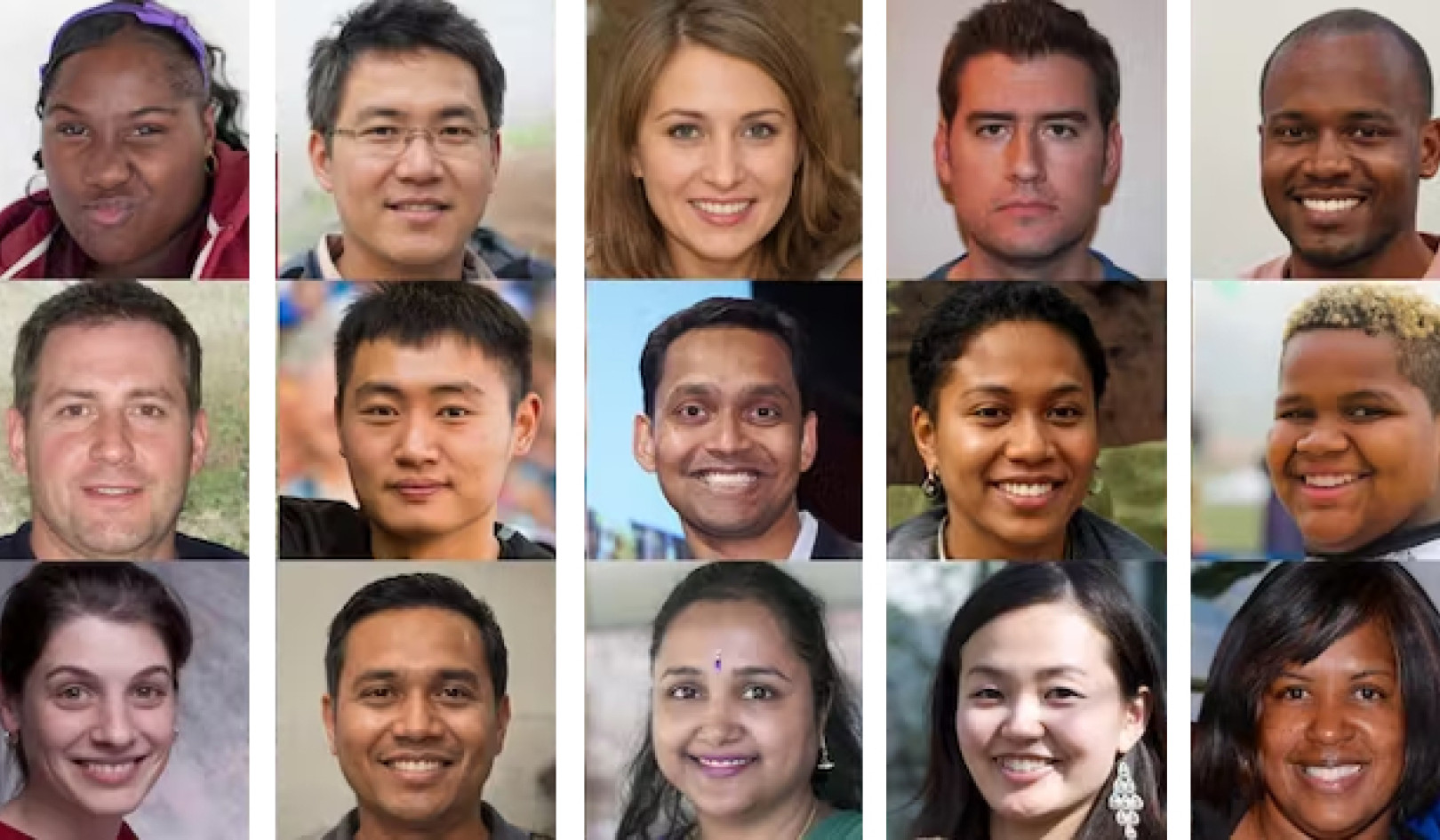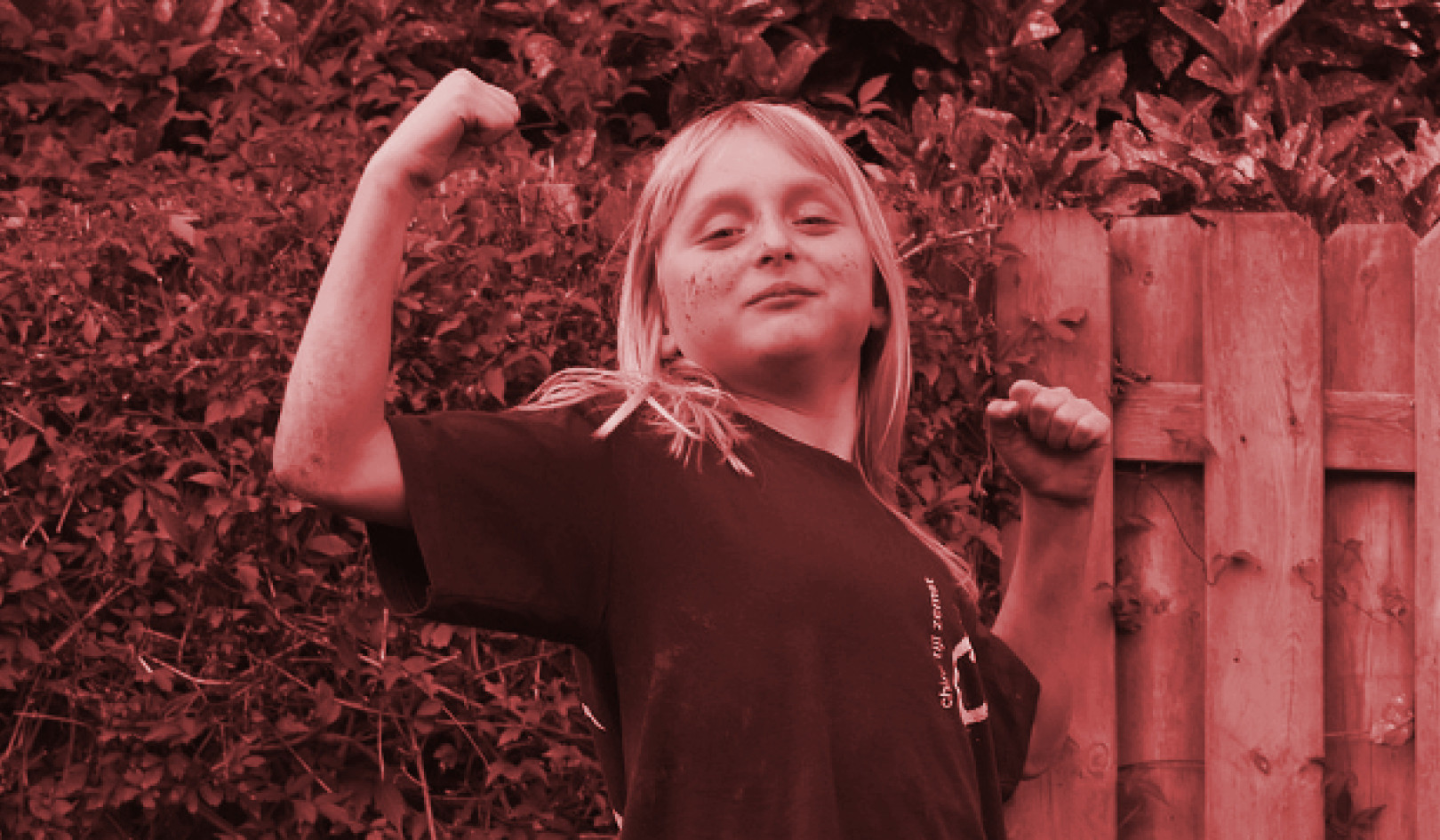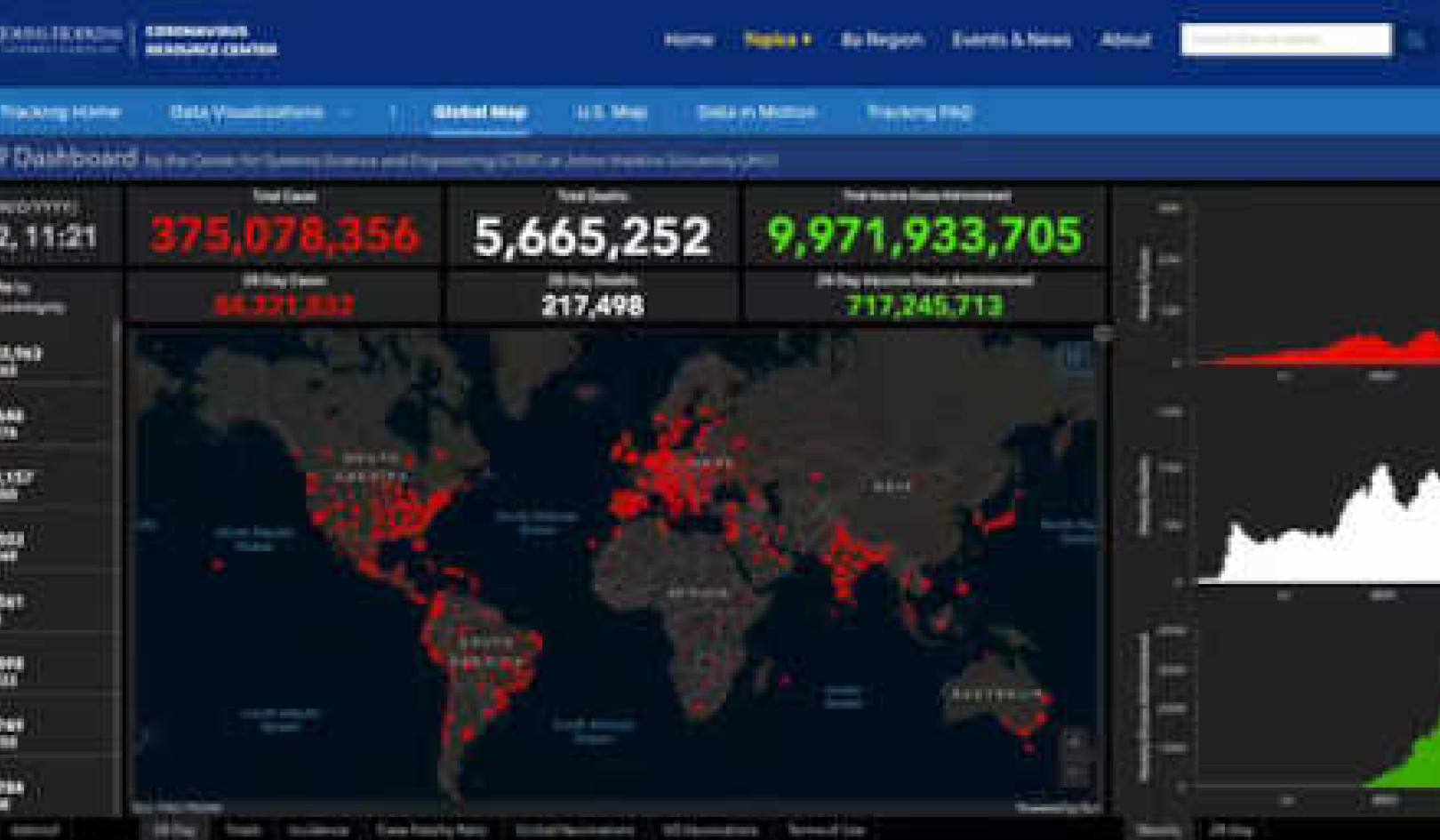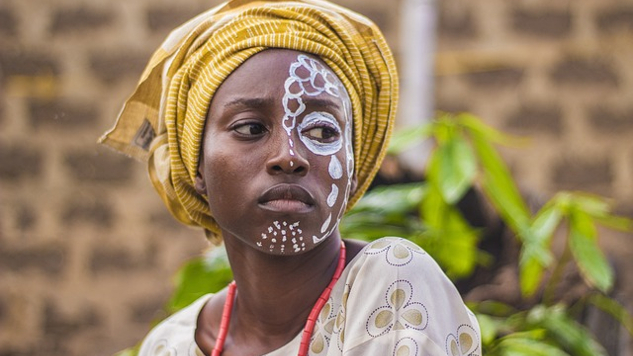
Image by Samuel Bolarinwa
Practicing authenticity is challenging for anyone regardless of age. Authenticity requires us to recognize discrete sensations, emotions, and thoughts. It requires developing somatic and emotional intelligences.
* Is the throat tickle from pollen or irritation with our colleague at work, for instance?
* Do we want to pack up the house to move or stay put and renovate?
* What is the source for being tired or moody or anxious?
* How do we respond to a challenging situation without losing balance and integrity?
Authenticity requires noting the firm and fluid boundaries separating self from a group that may be familial, social, civic, or national. Authenticity leads to noticing that a self is not constant and solid, but in continuous flux with multiple identifiers and labels, a process influenced by causes and conditions while also acting as an influencer.
Authenticity as a two-way street leads to understanding “self” and “body” as verbs, not only nouns, that we self and body our way through life. We are the active embodiment of influencing and being influenced.
Conformity Has Its Rewards
A society relies upon a high number of its citizens complying to its norms, be it traffic laws which most of us gladly follow or niceties like saying “sorry” if we accidentally bump elbows. Conformity reinforces order and discourages mayhem. It provides a welcome safety net.
We can kick back in compliance with known rules and standards and not have to invent habits and behaviors from scratch. We can let someone else assume the lead while we nod in agreement and find a comfortable enough spot to fit in. We can participate in maintaining a preestablished order and feel the security and support that comes with belonging to a group.
We are not ostracized as the rebel or outsider or another label meant to belittle, shame and bully us into joining in. We can refrain from devoting endless hours or years to reflect on determining what is authentic and what is pretentious.
Conformity Has a Downside
We may never find out who we are if we’re feeding the needs of others while neglecting our own. We may squeeze ourselves to fit in despite a mismatch to the detriment of our health, well-being, and potential. We may abandon critical thinking and go along with a group regardless of the value or morality of the actions.
History contains plenty of examples of groupthink in which individuals followed the customs and beliefs of a group and reconsidered their actions only in retrospect, after heinous actions took place and someone pointed a finger to more virtuous principles. Consider the Salem Witch Trials or the lynching of African Americans.
If conformity is our north star, we may have no inkling about nor ability to cultivate our highest self. We may blind ourselves to developing new technology, the cure for dementia, the ability to find love, or the needed action to make the world sustainable. We may be oblivious to the habits and ideas that are in our worst or best interests, unable to recognize the distinction between them.
We may believe life happens to us, be a passive player, and have yet to see our part in the drama, the choices made and those awaiting. We don’t realize the difference between writing the script versus reading the role cast by another.
The Eccentric: Standing Outside the Circle
The eccentric, a term for the conformist’s opposite, is the one who relationally stands outside the circle, guided by her own set of rules. These are highly individualistic people who see problems from unexpected angles and conjure innovative solutions or create moving works of art. They are the leaders, the inventors, the artists, mystics, and entrepreneurs. Think Einstein, Mozart, Madame Curie, Susan B. Anthony, Steve Jobs, James Baldwin, Remedios Varo, Rachel Carson. They are the visionaries who dare take imaginative leaps. They are pioneers compelled to follow their instincts and willing to go it alone without the support of their peers.
The eccentric is labeled unconventional, quirky, weird, terms that may be favorable or unfavorable depending on your upbringing and self-esteem. Interesting that the word “weird,” which carries a negative connotation, was originally considered a moniker of great strength. “Weird” derives from Old English “wyrd” meaning fate, chance, and destiny and is defined as “having power to control fate,” a quality that I consider an enviable superpower to have access to. Weird implies authenticity. Authenticity includes self-reliance and self-empowerment.
The Strengths of Living Authentically
Among the strengths of living authentically is a sense of liberty. Freedom comes from being your own boss, following your own hunches and inclinations, and assuming responsibility. We get to draw from our individualized knowing, based on firsthand experience and reflection that provide the confidence and ease to make decisions. Enlivened, energized, and uplifted, we are attentive to both our personal world and the larger world. We sense and reflect, look outside ourselves and within.
Personal power, our inner strength and intelligences, informs us about when to push forward and when to retreat, when to voice up and when to listen, when to follow the gut feeling and when to wait or leap, and when to strategize or sit back and watch clouds.
It is not an either/or situation but a matter of how much of one and in what combination and balance. It’s a matter of ongoing inquiry and investigation. It’s a matter of knowing that a moment’s conclusion is not absolute, but one among many, any of which may reveal itself with time, a brightening light, or a late-night journaling.
Copyright 2023. All Rights Reserved.
Adapted with permission of the publisher,
Bear & Co., an imprint of Inner Traditions International.
Article Source or Book by this Author:
BOOK: Ecosomatics
Ecosomatics: Embodiment Practices for a World in Search of Healing
by Cheryl Pallant
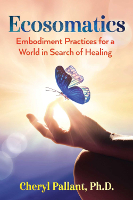 In this practical guide, Cheryl Pallant explains how ecosomatics—embodiment work for personal and planetary health—can help us shift our consciousness through expanded listening with all our senses and embracing the interconnections between our inner and outer worlds. Throughout the book, the author offers ecosomatic and embodiment exercises to help you expand perception, develop somatic intelligence, let go of limiting beliefs, lessen fear, anxiety, and alienation, and open to levels of awareness that allow you to tune in to a greater vision of what is humanly possible.
In this practical guide, Cheryl Pallant explains how ecosomatics—embodiment work for personal and planetary health—can help us shift our consciousness through expanded listening with all our senses and embracing the interconnections between our inner and outer worlds. Throughout the book, the author offers ecosomatic and embodiment exercises to help you expand perception, develop somatic intelligence, let go of limiting beliefs, lessen fear, anxiety, and alienation, and open to levels of awareness that allow you to tune in to a greater vision of what is humanly possible.
Revealing how to incorporate embodiment into everyday life, this guide shows how the body is a process that is part of nature, not separate from it, and that by embarking on the transformative inner journey, we can bring healing to the world around us.
For more info and/or to order this book, click here. Also available as a Kindle edition.
About the Author
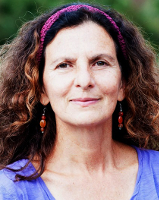 Cheryl Pallant, PhD is an award winning author, poet, dancer, healer, and professor. Her newest book is Ecosomatics: Embodied Practices For a World in Search of Healing. Previous books include Writing and the Body in Motion: Awakening Voice through Somatic Practice; Contact Improvisation: An Introduction to a Vitalzing Dance Form; Ginseng Tango; and several poetry collection including Her Body Listening. She teaches at University of Richmond and leads workshops throughout the U.S. and abroad.
Cheryl Pallant, PhD is an award winning author, poet, dancer, healer, and professor. Her newest book is Ecosomatics: Embodied Practices For a World in Search of Healing. Previous books include Writing and the Body in Motion: Awakening Voice through Somatic Practice; Contact Improvisation: An Introduction to a Vitalzing Dance Form; Ginseng Tango; and several poetry collection including Her Body Listening. She teaches at University of Richmond and leads workshops throughout the U.S. and abroad.
Visit the author's website at CherylPallant.com.




















